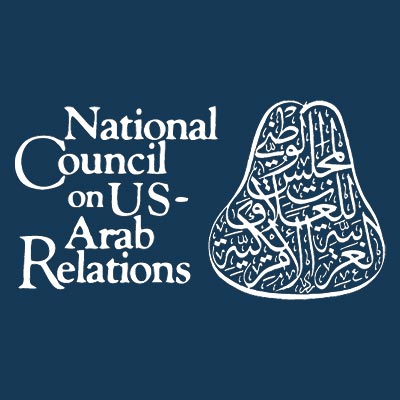March 19, 2013 marks the 10-year anniversary since the United States fired the opening salvo in Operation Iraqi Freedom by bombing the Dora Farms complex southwest of Baghdad. Today the Arabia, the Gulf, and the GCC blog presents a collection of stories that reflect on what has happened in Iraq over the preceding decade.
The human cost of the Iraq war: 112,000 civilians dead in a decade
Source: Al Arabiya (Read full story)
At least 112,000 civilians were killed in the 10 years since the U.S.-led 2003 invasion of Iraq that ousted Saddam Hussein, a new report published on Sunday said.
Including combatants on all sides of the decade-long conflict, as well as yet undocumented civilian fatalities, the figure could rise as high as 174,000, according to the Britain-based Iraq Body Count (IBC) group.
…
Remembering Iraq’s displaced
Source: Foreign Policy: The Middle East Channel (Read full story)
…
In a period of about a year, five percent of Iraq’s total population fled their homes and settled elsewhere in Iraq while an additional 2 million or so fled the country entirely.
…
The latest figures, based on government estimates, are that there are 1,428,308 refugees of Iraqi origin in Jordan and Syria of whom only 135,000 receive assistance from the UNHCR.
…
A Decade of War in Iraq: The Images That Moved Them Most
Source: TIME (Read full story)
…
After a week of bombings, it was amazing to witness the Iraqis’ remarkable resilience. Most people continued with their daily lives as bombs continued to fall around them. And of course there were airstrikes where many Iraqi civilians were killed.
…
The Disenchantment of Iraq
Source: Project Syndicate (Read full story)
…
The success of the war must surely be measured by whether its goals – particularly the establishment of a constitutional democracy and the country’s economic reconstruction – have been achieved. By this standard, the war in Iraq was a monumental failure.
…
Violent decade shatters dreams of Iraqi youth
Source: Agence France-Presse (Watch full story)
…
Despite Iraq’s vast oil wealth, unemployment is officially listed at 10 percent, though other estimates put the number as high as 35 percent — pushing many young people to seek work abroad.
The Babil Centre for Human Rights and Civil Development in 2011 published a study of Iraqi men under 30 that indicated 89 percent of respondents preferred to leave the country.
And although 10 years have passed since the invasion, basic services such as water and electricity are still lacking for many Iraqis, and corruption in the country is high.
…
Iraq: War’s legacy of cancer
Source: Al Jazeera (Read full story)
…
Official Iraqi government statistics show that, prior to the outbreak of the First Gulf War in 1991, the rate of cancer cases in Iraq was 40 out of 100,000 people. By 1995, it had increased to 800 out of 100,000 people, and, by 2005, it had doubled to at least 1,600 out of 100,000 people. Current estimates show the increasing trend continuing.
As shocking as these statistics are, due to a lack of adequate documentation, research, and reporting of cases, the actual rate of cancer and other diseases is likely to be much higher than even these figures suggest.
…
Iraq in Retrospect: Requiem for a Nightmare
Source: Foreign Affairs (Read full story)
…
Thanks to problems of both conception and execution, the Iraq war ended up becoming the most egregious failure in half a century of American foreign policy, costing a vast amount of blood and treasure for all concerned and tarnishing the United States’ reputation for international leadership, honesty, morality, and even basic competence.
…
What we Did to Iraq
Source: Informed Comment (Read full story)
…
The US public was always carefully protected by its media from full knowledge of what the US government did to Iraq. The networks had a rule, of never showing blood. They almost never showed wounded Iraqis with bloody bandages. Of course, they never showed dismemberment (bodies blown up, unlike in Hollywood movies, don’t just pile up whole). Since Arabic satellite t.v. showed such images every day, the Arab world and the US saw two different wars on their screens.
…

